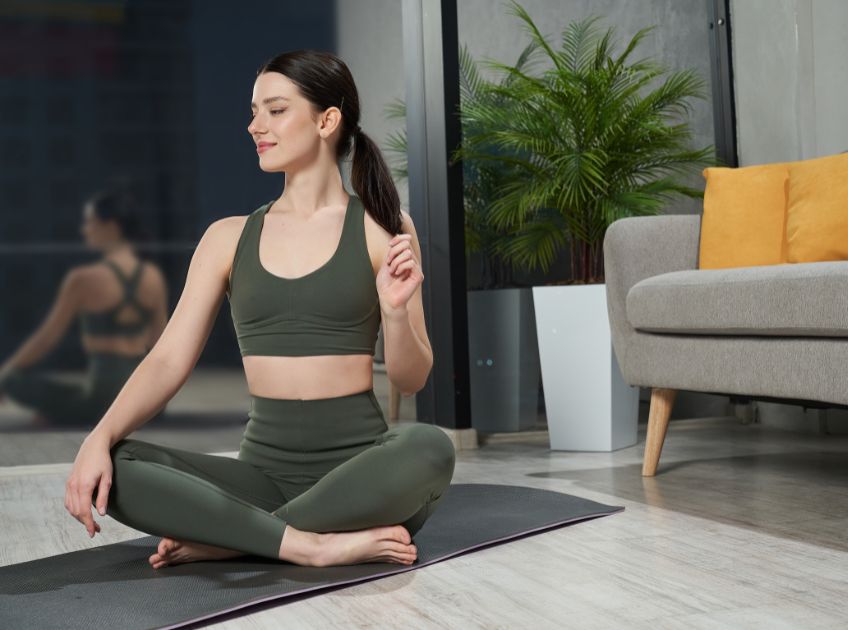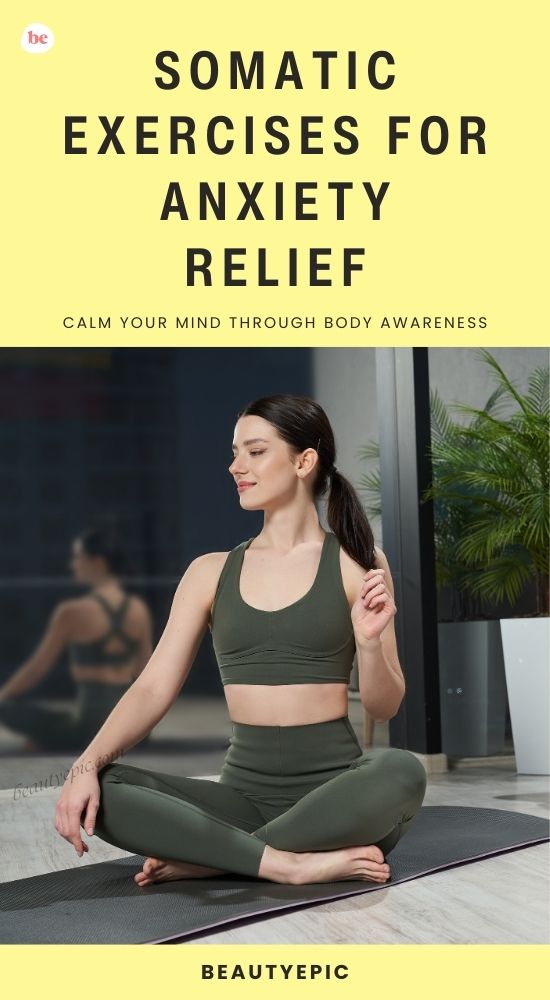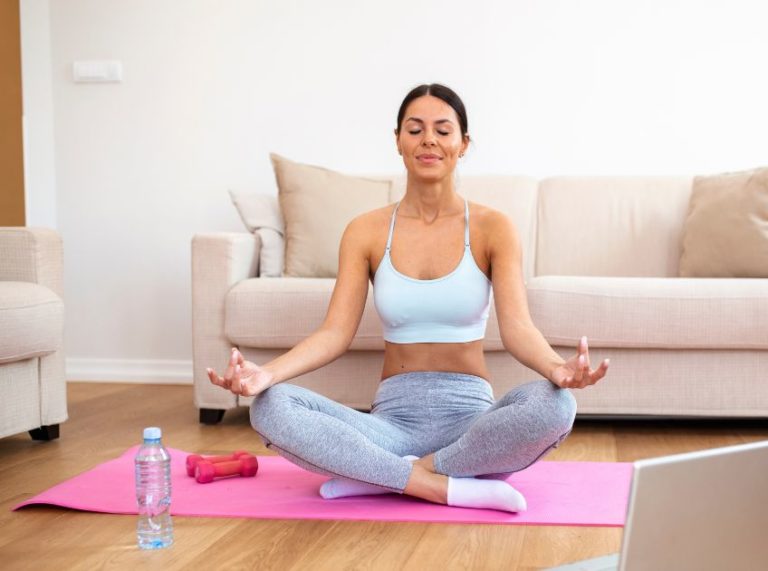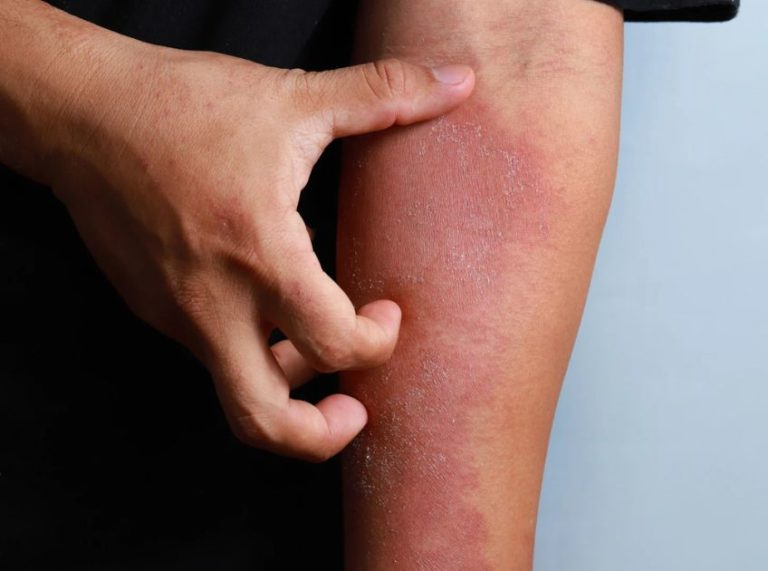
Important: This article is for informational purposes only. Please read our full disclaimer for more details.
In today’s fast-paced and stressful world, anxiety has become a common struggle for millions of people. Racing thoughts, restlessness, and a constant feeling of unease can make daily life overwhelming. While traditional approaches like therapy and medication are effective, there’s a growing focus on somatic exercises — a gentle, body-based approach to managing anxiety.
Somatic exercises work by reconnecting the mind and body to release tension, stored stress, and suppressed emotions. By tuning into body sensations and practicing mindful movement, you can calm your nervous system and regain emotional balance.
In this article, we’ll explore five science-backed somatic exercises for anxiety relief, explain how they work, and share insights from research supporting their effectiveness.
5 Effective Somatic Exercises for Anxiety Relief
These exercises are gentle, beginner-friendly, and highly effective in reducing anxiety. Practicing them regularly can help you relax your body, quiet your mind, and enhance emotional regulation.
1. Grounding Through the 5-4-3-2-1 Technique
Grounding helps shift your attention away from racing thoughts and into the present moment.
How to Do It
- Sit comfortably and take a slow, deep breath.
- Identify
- 5 things you can see
- 4 things you can touch
- 3 things you can hear
- 2 things you can smell
- 1 thing you can taste
- Repeat as needed until you feel calmer.
Why It Works
By focusing on your five senses, you activate the prefrontal cortex, which helps regulate fear responses and calms an overactive amygdala — the part of the brain linked to anxiety.
Science Insight
A study published in the Journal of Anxiety Disorders (2020) found that grounding techniques significantly reduce anxiety by promoting present-moment awareness and lowering physiological stress responses (1).
2. Body Scanning for Tension Release
Anxiety often manifests as tightness in the shoulders, jaw, or stomach. A body scan helps you identify and release these tension spots.
How to Do It
- Lie down or sit in a comfortable position.
- Close your eyes and take slow, deep breaths.
- Starting from your head, mentally “scan” down to your toes.
- Whenever you notice tension, inhale deeply into that area and exhale slowly, imagining the stress leaving your body.
Why It Works
This practice activates the parasympathetic nervous system, which lowers your heart rate, reduces muscle tension, and promotes deep relaxation.
3. Butterfly Hug Technique
Developed for trauma relief, the butterfly hug is a simple but powerful somatic exercise that reduces anxiety and emotional overwhelm.
How to Do It
Cross your arms over your chest so your hands rest just below your collarbones.
Lightly tap your shoulders alternately — right, left, right, left — like a gentle butterfly flapping its wings.
Breathe slowly and focus on the rhythm of the tapping until you feel calmer.
Why It Works
The tapping engages both brain hemispheres and helps regulate emotional processing, making you feel safer and more grounded.
Science Insight
According to research published in Traumatology (2018), bilateral tapping techniques like the butterfly hug can reduce anxiety and stress by stimulating the brain’s natural calming mechanisms (2)(3).
4. Somatic Shaking (TRE-Inspired)
Anxiety can cause the body to store energy and tension. Somatic shaking helps release pent-up stress through controlled tremors.
How to Do It
- Stand with your feet hip-width apart.
- Gently start shaking your arms, shoulders, and legs.
- Gradually increase the intensity, letting your entire body tremble naturally.
- Continue for 1–2 minutes, then pause and take deep breaths.
Why It Works
Shaking activates the body’s natural stress-release response, signaling to your nervous system that the “threat” is over.
Scientific Backing
A 2017 study in the Journal of Bodywork and Movement Therapies found that trauma-release exercises (TRE) help lower cortisol levels and promote emotional regulation (4).
5. Deep Belly Breathing (Diaphragmatic Breathing)
Anxiety often leads to shallow chest breathing, which increases heart rate and heightens stress. Deep belly breathing helps you reset your nervous system.
How to Do It
- Sit or lie comfortably and place one hand on your chest and the other on your stomach.
- Inhale slowly through your nose, letting your stomach rise while keeping your chest still.
- Exhale gently through your mouth, allowing your belly to fall.
- Repeat for 5–10 minutes.
Why It Works
Deep breathing activates the vagus nerve, lowering heart rate and blood pressure, which induces a state of calmness.
Science Insight
A 2018 study in Frontiers in Psychology showed that diaphragmatic breathing significantly reduces stress and anxiety while improving focus and emotional stability (5).
The Science Behind Somatic Exercises and Anxiety Relief
Somatic exercises work by regulating the autonomic nervous system — the body’s stress control center. When you’re anxious, your body gets stuck in fight-or-flight mode, releasing stress hormones like cortisol and adrenaline.
By practicing somatic techniques, you activate the parasympathetic nervous system (rest-and-digest mode), which lowers heart rate, eases muscle tension, and reduces anxiety symptoms (6).
Frequently Asked Questions (FAQ’S)
1. How long does it take for somatic exercises to reduce anxiety?
A. Some techniques, like grounding and deep breathing, work within minutes. For lasting results, practice daily for 10–15 minutes.
2. Can somatic exercises replace therapy or medication?
A. Somatic exercises are a complementary tool, not a replacement for professional care. They work best alongside therapy, mindfulness practices, or prescribed treatment.
3. Are somatic exercises safe for everyone?
A. Yes, most exercises are safe and beginner-friendly. However, if you have severe trauma, PTSD, or chronic anxiety, working with a licensed somatic therapist is recommended.
Anxiety doesn’t just live in the mind — it’s stored in the body. By practicing somatic exercises like grounding, body scanning, butterfly hugs, somatic shaking, and deep breathing, you can release tension, calm your nervous system, and regain emotional control.
















